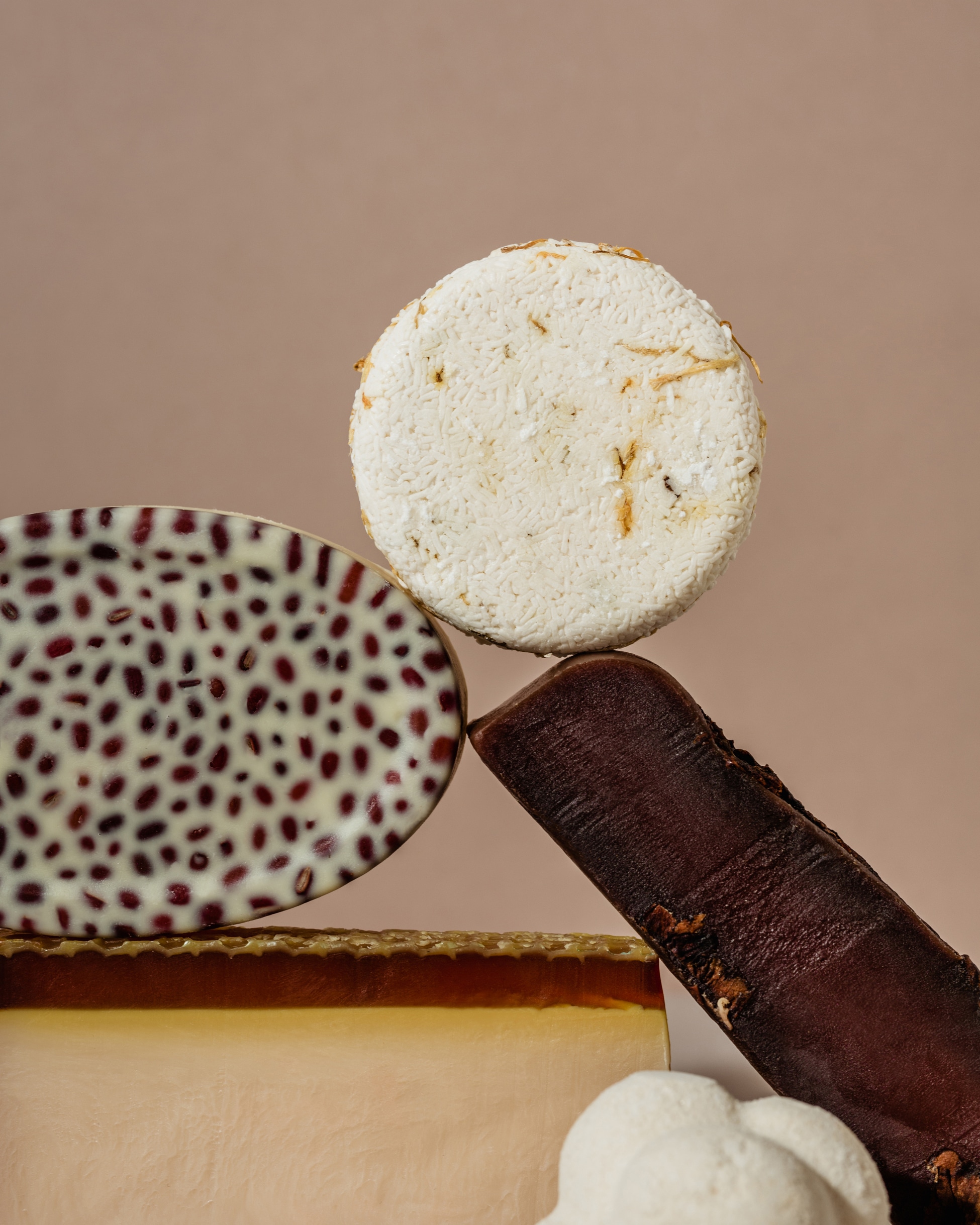1. Create Desire
Desire is more immediate than love and more compelling than necessity. This is why beautiful handbags or shimmery earrings draw us in—they grab our attention then, suddenly, desire forms. We become attached to who we could become or how we could feel if we possessed that item. It’s not a need in the literal sense (we won’t die if we don’t have it), but it feels like something we suddenly can’t live without. When we purchase it, we feel a sense of contentment that we don’t feel from buying laundry detergent or soap.
This feeling is what all luxury brands tap into to connect with their audience. They do this by asking one important question:
“What does my ideal customer desire above all else?”
It’s important to differentiate between want and desire. A want is shallow, something we feel for a moment and then forget about. A desire is a want that is deeply connected to an intrinsic value. For example, your client wants interior design because it fulfills their desire for a peaceful and centered life. The desire is what lives beyond the want.
If your brand speaks only to your clients external “wants”—a cohesive home, nice furniture, upgraded cabinetry—it will fail to produce the level of urgency and excitement necessary to drive someone to purchase. Instead, you need to connect that want to a desire. What do those things provide? What feeling, experience, or lifestyle will your customer inherit from having these things? What core values does it align with? Desire-based branding answers these questions.
2. Differentiate Creatively
Returning to our previous example, Gucci attracts an opposite audience from The Row. Why? Because they’re selling entirely different products.
Both brands sell clothing, shoes, and handbags, but the narrative behind these items is drastically different. The Row uniquely positions itself as the mecca for timeless, contemporary clothing with impeccable tailoring. Their clients align with their stories of simplicity and refinement. In contrast, Gucci is known for its unexpected textures and iconic patterns. Their audience resonates with a lavish, creative, and daring lifestyle.
They both artfully differentiate themselves in the luxury market, leaning into the distinct traits and values that tell their story.
3. Provide a Memorable Experience
Experience is the primary distinction between convenience and luxury. And the best experiences are the ones that blend both convenience and luxury to create something truly memorable. Think of your favorite restaurant or hotel. What makes you choose it over other alternatives? Chances are, it has to do with the way you feel when interacting with the brand.
The same is true for your brand. From the functionality of your website to the texture of your packaging, your customers remember it all. So, the better it is executed, the better your audience will perceive you. Brand cohesion matters, and we make it a priority throughout our work together.
In conclusion, a luxury brand is measured by its ability to stimulate desire, stand out, and leave a lasting impression. At Marbury, we center these elements in our process to build a brand that deeply resonates with its target audience. Click here to explore the legacy brands we’ve created in the past.
If you’re interested in receiving support as you bring your vision to life, inquire here to learn more. We would love to start a conversation.






